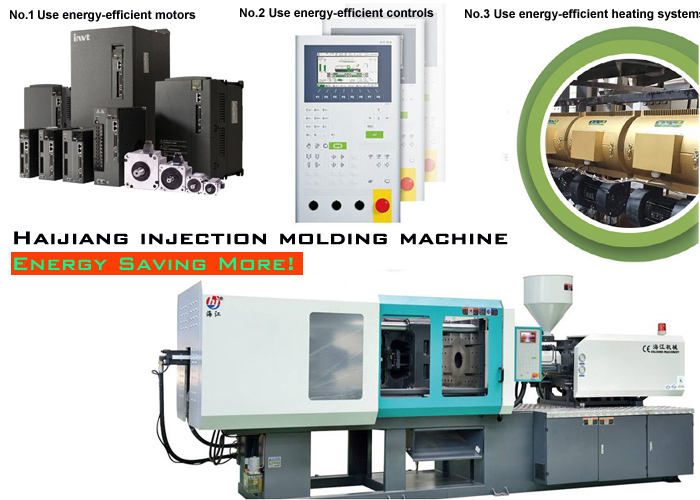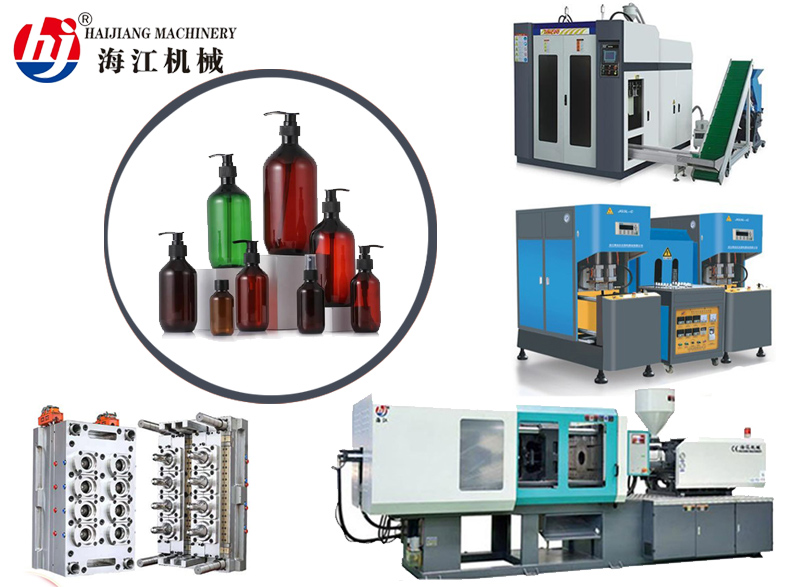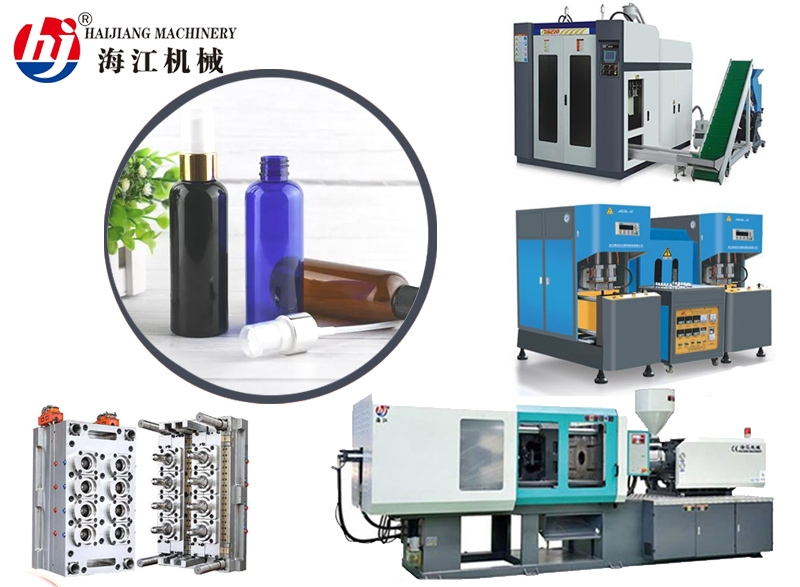Liquid silicone injection molding is a manufacturing process in which liquid silicone rubber (LSR) is used to produce molded parts. The process is similar to traditional injection molding, but the rubber is first melted and then injected into the mold under high pressure.

Liquid silicone injection molding machines are specifically designed to process liquid silicone rubber. They are typically equipped with a reciprocating screw or ram injector to mix, meter, and inject the rubber into the mold. The machines also have a mold clamping system to hold the mold in place during the injection process.
Liquid silicone injection molding has several advantages over other rubber molding processes, including the ability to produce precise and complex parts with high levels of consistency. It is widely used in the medical, automotive, and electronics industries.
The main difference between liquid silicone injection molding and traditional injection molding is the material that is used. Traditional injection molding uses thermoplastic or thermosetting materials, while liquid silicone injection molding uses liquid silicone rubber. This means that the machines and molds used in the process are specifically designed to handle the unique properties of liquid silicone rubber.
- Design and development: The first step in the manufacturing process is to design and develop the machine. This includes determining the overall layout and structure of the machine, as well as the specific components and features that it will include.
- Procurement of raw materials: The next step is to gather the raw materials that will be used to build the machine. These materials may include steel, aluminum, copper, and other metals, as well as electronic components and control systems.
- Machining and fabrication: The raw materials are then machined and fabricated into the various components and parts that make up the machine. This may include cutting, bending, welding, and other processes.
- Assembly: The machined and fabricated parts are then assembled into the final machine. This may include installing the injection and clamping systems, as well as the control systems and other components.
- Testing and inspection: Once the machine is assembled, it is thoroughly tested and inspected to ensure that it is functioning properly and meets all quality standards.
- Packaging and shipping: The final step in the manufacturing process is to package the machine and prepare it for shipping to the customer.





